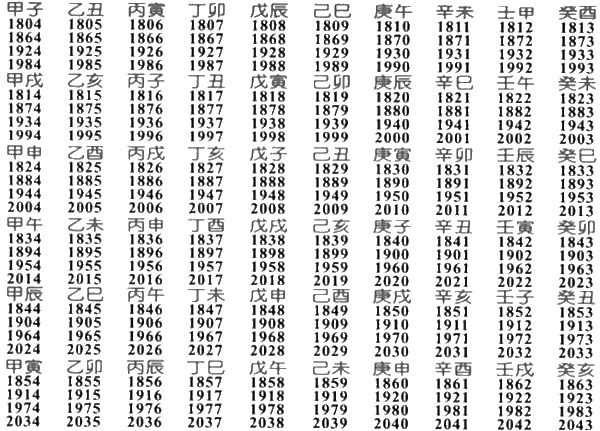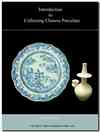60 Year Cyclical Calendar
(Sexagenary Calendar)
In China the cyclical calendar was popular to record the
date of any event on a short-term basis. In the long term, as with
historical events, records stated during which year of which reign an
event occurred.
|
The following table introduces the corresponding years of the 60-year cyclical calendar in comparison to the western calendar.
|
With this type of year notation it is difficult to pinpoint the exact year an antique porcelain item was made. However, if the style or features of an antique piece point to a certain reign, then the year can be determined because the date has to lie within that respective reign (period).
Due
to the fact that only the Kangxi reign (1662-1722) in the Qing dynasty
lasted long enough for a repetition of a year, dating is possible if
both are known.
You will only seldom encounter this type of year notation in porcelain marks at the bottom of ceramics.
However, since the later part of the Qing dynasty (second half
of 19th century) usage of cyclical dates did become more frequent, mainly due to the popularity of writing on the outer face of ceramic vessels.
Its use is similar to
that on traditional Chinese paintings. The artist writes a verse or
dedication on the left side of the picture and states the cyclical year at the end, sometimes the season and location is added. Then the artist's
name, a seal mark, or both follow. Text with dates are mostly found on Qianjiang and Fencai style items.
Chinese Cyclical Calendar Years
in relation to the western calendar years

|
To
find a year earlier year than 1804, in the table above, just deduct 60 years, or a multiple of
60, from the western calendar year corresponding to the characters of
that specific cyclical year. |
|
History
and Event Notation
in the Chinese Calendar: |
 |

